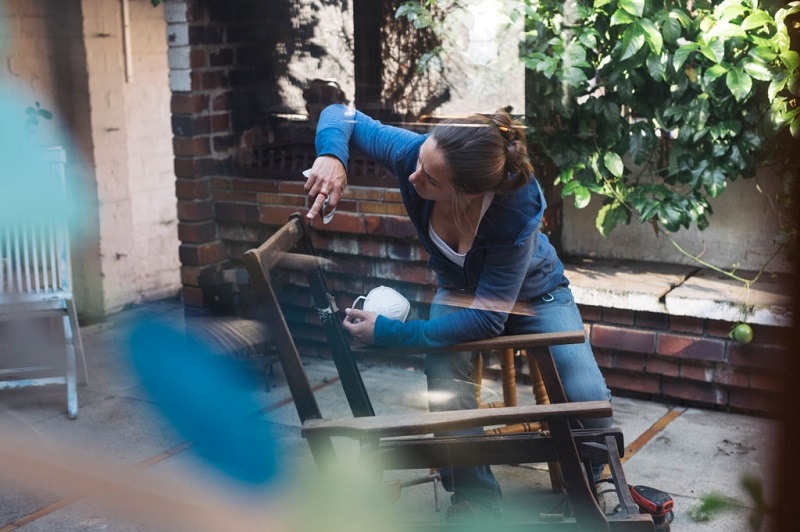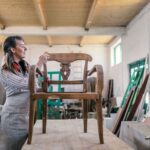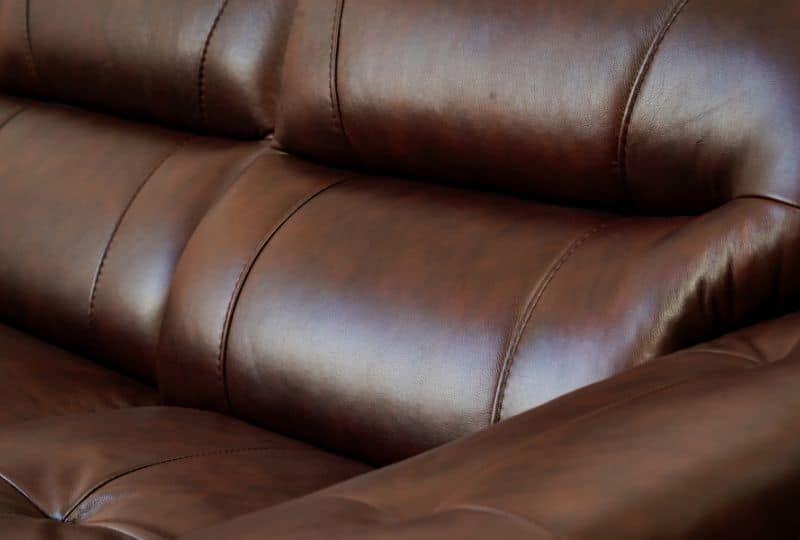“The restoration of the furniture is its real care” – this is a phase that is quite known that highlights the importance of restoring for the furniture. The idea is held in high regard, and a stud piece of furniture is considered a piece of furniture without antiquarian value.

1. Restoration Process
This is not the dirt accumulated on the surface. We can compare it to the skin of the human body. The is formed by the surface layers of the furniture restoration, such as old paints and woods, which in contact with light and oxygen have oxidized, changing the color.
Even the signs of wear on the surface such as ink stains on a desktop, the rounded corners of a lid, the slightly curved front of a drawer are to be considered in the need of restoration. In practice, it is the result of the history of furniture and how it presents itself to us.
2. Recover the Design

It is not always possible to recover the original design of the furniture. It depends on its history. If it has always been in use or a healthy and sheltered place, furniture restoration becomes easier.
If it has been abandoned in an attic or a damp cellar, we do not always find its first polishing under the dirt. Because the unfavorable environmental conditions could have ruined it already.
Whether it has a decorative or practical function, a piece of furniture made with a new or old wood has its origin in our roots and creates a different atmosphere around a real or imaginary, rural or industrial.
By restoration of a piece of furniture with the recovery of the, the cleaning of the piece of furniture with the resumption of its original polishing is done.
To clean a piece of furniture from dirt, generally a cleaner is applied. Generally, the filter is composed of white spirit, straw oil, and alcohol in proportion.
3. Recover Paint Quality
After cleaning the surface of the cabinet with a cotton swab and the detergent, the restorer wipes it off with a rag to remove excess oil and remaining dirt furniture restoration.
The professionals prepare a tampon and a much-diluted shellac varnish. They use the almost dry pad, and with a light hand, they pass evenly over the entire surface.
This is done using the cleaner oil that is left on the cabinet. Restoring furniture is always a challenging job as it should look at its best and you can enjoy its antic value.
The hand must be very light as in this phase; it is open to “tear.” Tearing with the pad means removing the paint from the surface.
4. Final Touch
When a professional recover a piece of furniture, it is unnecessary to add paint to the old polish. More dirt will remain on the pad during the first few passes of furniture restoration.
It is customary to change the outer rag and pass with the clean pad until all the oil and dirt are removed. Otherwise dirt and grimes can sit stubborn on the surface even after the polishing.
The surface of the furniture may show a very soft gloss. Sometimes it is possible to get close small woodworm holes or small cracks on the surface. It is vital to do some grouting with wax putty in the final phase of furniture restoration. Generally skilled people finish the piece of furniture with a veil of en-caustic.
Restoring a piece of furniture while maintaining its original is a vital aspect of furniture restoration. This respects its history and keeps its antiquarian value intact of furniture. This process is an extensive one and it should be done by skilled professionals only.




Leave a Reply